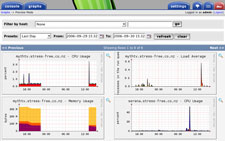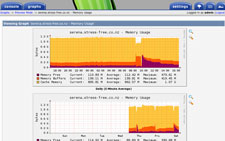Mark Lewis has compiled a list of the Top 10 Lies told to Naive Artists and Designers. From a lot of (sometimes bitter) experience I would say that this list is not applicable to designers but also for contractors involved in any staged development process with a client. In fact back when I was finishing my architecture degree the emphasis of professional practice was establishing and justifying pre-construction costs to clients.
All too often the groundwork for any piece of contracting such as scoping, quoting and solving the problem takes more effort than the actual solution itself. Most people tend to want advice and answers for free and are only prepared to pay for material things. This is a real danger for contractors no matter what they do, from artists to software developers and Web developers.




